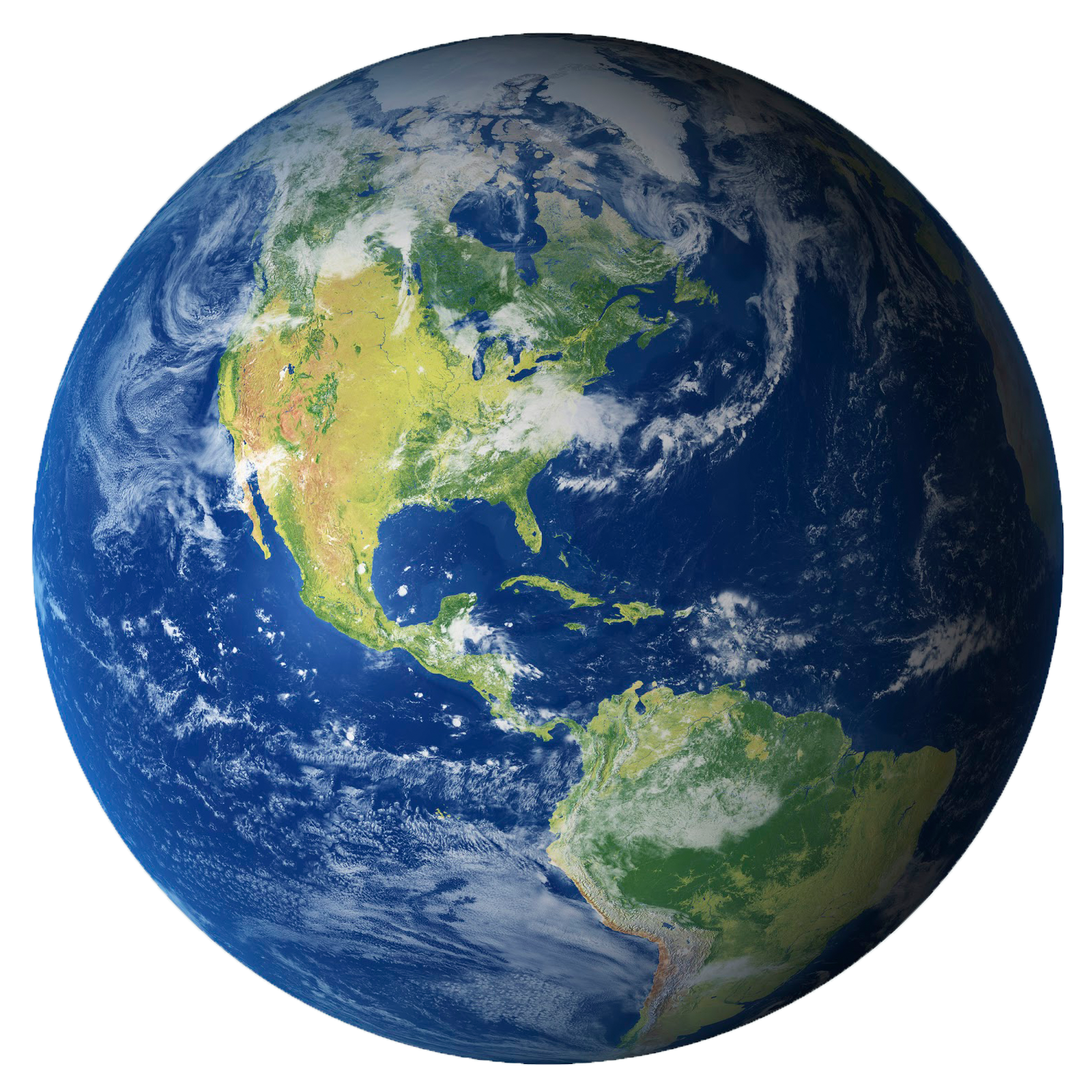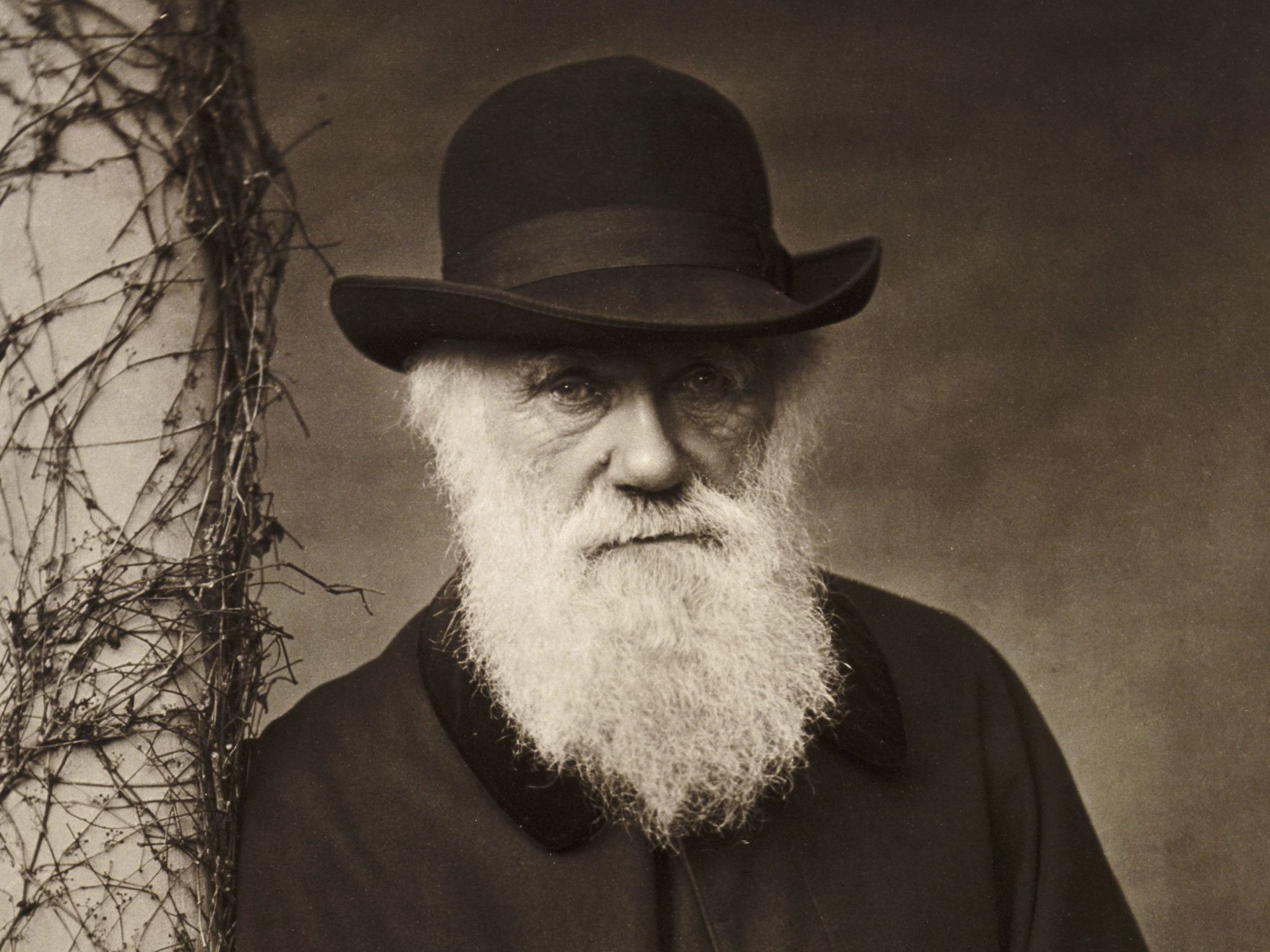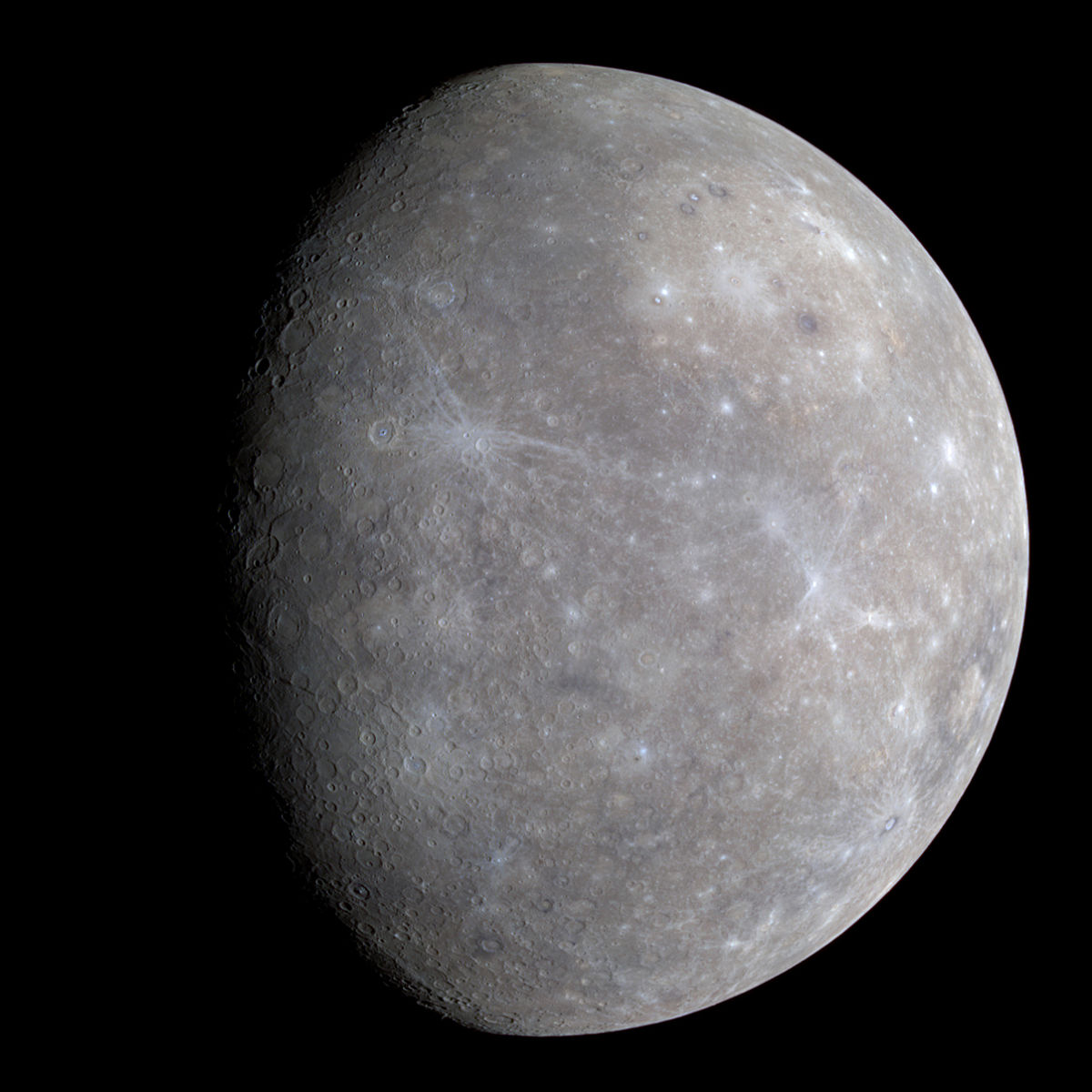First Look Earth is the third planet from the sun, set next to Venus and Mercury, Its the only planet known to have an atmosphere containing oxygen, water on its surface, and life. 71 perfect of the Earth's surface is covered by water, mostly oceans. One-fifth of Earth's atmosphere consists with oxygen, which is produced by plants. Earth is usually known to be round but is actually shaped as something called an oblate spheroid. Its spin causes the poles to be squashed and swells the equator, causing the planet to be slightly off shape. As Earth orbits the Sun, it's simultaneously spinning on its axis. The axis is an imaginary line that goes straight down Earth in a 24 degree angle. You can also think of it as a top that is slightly tilted. The line starts at the North Pole and ends at the South Pole. It takes 23.934 or 24 hours to make a rotation and 365 days to make a orbit around the sun. Clarification: This link is not related to this article, it is simply just for ...
Science
Venus
First Look Venus has a thick, poisonous atmosphere filled with carbon dioxide and wrapped in yellowish clouds, mostly made out of sulfuric acid. Sulfuric acid traps heat and blocks thermal radiation, preventing the planet from cooling and having water on its surface. This is called a runaway greenhouse gas effect. It's caused when a planet's atmosphere contains enough greenhouse gas to block thermal radiation. Spacecraft Venus is also the first planet to be explored by a spacecraft. On December 14, 1962, NASA's Mariner 2 passed by and scanned the gaseous world. After the discovery, numerous spacecraft and space agencies explored Venus. One example, like NASA's Magellan, mapped the planet's surface with radar. The only nation to land on Venus is the Soviet Union, but the spacecraft did not survive long in the brutal environment. Venus: The hottest planet in the Solar System Venus is the second closest planet to the Sun, so you would probably think that it would be the ...
The Periodic Table
"The periodic table is important because it is organized to provide a great deal of information about elements and how they relate to one another in one easy-to-use reference. The table can be used to predict the properties of elements, even those that have not yet been discovered."- Google Since there is 118 elements and still more to come, I recommend you get ready for... A LOT of writing. Here are the elements of the year 2020. P.S. If you're not the biggest fan of reading, memorize this song instead! https://www.youtube.com/watch?v=rz4Dd1I_fX0 Hydrogen- most abundant chemical substance in the universe Symbol: H 2. Helium: second lightest element and is colorless, odorless gas also used to fill up balloons Symbol: He 3. Lithium: used in the manufacturing of batteries, as well as mental health Symbol: Li 4. Beryllium: used in springs, electrical contacts, as well as high-speed air-craft and space-craft Symbol: ...
Water Cycle
Learn about evaporation, condensation, sublimation, precipitation, transpiration, runoff, infiltration, and collections! Evaporation, the process by which an element or compound transitions into a gaseous state below the temperature at which it boils. To be more clear, the process by which liquid water enters the atmosphere as water vapor. Condensation is when the water vapor starts to become liquid form by being in contact with other water vapors. Sublimation is when a solid turns into a gas, passing the liquid stage. For example, dried ice, a solid, turns into a gas right away if you put it in water. Precipitation is the falling products in the atmosphere like snow, hail, or rain. When the clouds from the condensation combine with too many other water vapors, it starts to come down, causing rain and etc. Transpiration is the water vapor through plants. Since plants need water, the plants transfer the water through plant tissues and release the water vapor through their ...
Black Holes: How do black holes collect energy? How does it suck you in? How can we use the Black hole as an energy source?
Written by: Ryan L. Edited by: Shannon Y. INTRODUCTION Black holes are a collection of massive amounts of violent energy in the universe. If something gets close to the black hole, it will devour it, adding your energy to the black hole’s collection. So how are black holes created? It all happens when a massive star or sun dies. Its core will collapse on its own gravity making a black hole. How do Black holes collect energy? To understand how Black holes collect energy, it takes a very complex idea. But we can summarize it down, so you can easily understand. Basically, black holes collect energy when stars are spinning, and also when other things that are spinning don’t want to stop spinning. This is called angular momentum and this angular momentum can’t go away. When a big thing gets smaller, it spins faster. So as the core of the sun collapses, it spins faster. Yes, the black hole is actually spinning. Now how does it suck things? Just imagine a black hole as ...
Charles Darwin
Charles Darwin was born on February 12, 1809 in Shrewsbury, Shropshire England. His parents were Robert and Susannah Darwin. At the age of eight, Susannah passed away from stomach cancer or a severe ulcer. Robert Darwin was a medical doctor and Susannah was a physician. Charles's dad wanted Charles to be a doctor, so he transferred him to Edinburgh University from Anglican Shrewsbury School. He gave up medical school after two years, not being able to stand blood or surgery. Then he went to Cambridge University to study theology, the study of the nature of God and religious beliefs. In 1831, one of his Cambridge professors recommended Charles as a naturalist and companion for Robert FitzRoy on the boat HMS Beagle. Charles immediately accepted and went exploring with the crew. He went to a variety of regions and continents, including the Galapagos Island. He is famous for studying small creatures, finches. Finches are a type of bird that are usually red and orange ...
The Spheres of Earth
Biosphere The biosphere is the sphere of living things. You probably would have guessed it by the prefix “bio” meaning life. Some examples of the biosphere are rainforests, ocean floors, and mountains. People play a big role in maintaining the biosphere, even you. Everytime we use our carbon dioxide, which if found in gasses and burning fossil fuels, it increases the heat temperature of the Earth. Because of this, oceans are quickly flooding. This is because the icebergs are the only source of protecting the oceans and the carbon dioxide is melting them. When the heat touches the water, the water expands and creates a flood. This is a picture of a flood that happened because of climate change. However, we can still try and help. People have contributed by creating biosphere reserves all around the world. You can help by uncharging your devices when they don’t need to be charged, power your home with renewable energy, and turn off running ...
Mercury
Mercury is the smallest and closest planet to the sun. It's a rocky planet, with craters all over it, and doesn't have a moon or an atmosphere. This planet spins very slow, so one day would seem to take a long time. Since Mercury is the closest to the sun, it doesn't have to make a humungous rotation and takes a shorter time. If you lived on Mercury, one year would only be 88 Earth days. Fun Fact: Mercury has been known from ancient times because it can be seen without a telescope. Resource: https://spaceplace.nasa.gov/all-about-mercury/en/ ...
Heat Transfer
Radiation is one type of heat transfer. Radiation is the is thermal transfer of heat from electromagnetic waves. The radiative energy can transfer through air, without any contact. For example, in a microwave we can eat up the food without anything touching it. This is because of heat inside the microwave is transferring electromagnetic waves to the food, making it warm and hot. Conduction is the type of heat transfer where the object is in direct contact with the heat. Conduction occurs when a substance is heated and gains more energy. This causes the substance to move around quickly and ends up touching the object, transferring the heat. An example of an item that involves conduction is a frying pan. When you fry food with a pan, the heat under transfers to the food, which heats it up and makes it sizzle and move. Convection is a type of heat transfer by movement of a fluid such as air or water when the heated fluid is caused to move away from the source of heat, ...






